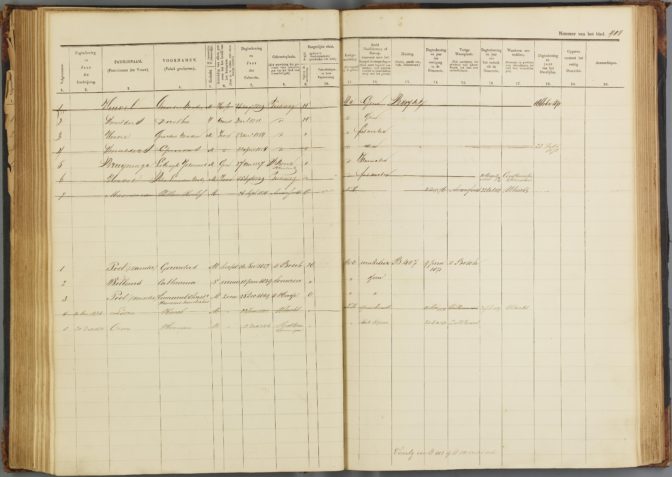Population registers are a wonderful way to trace where our ancestors were living between 1850 and 1920. The registers give an overview of the people in the household.
If someone moved into the household, the register should indicate the previous place of residence. If they moved within the municipality, the previous place will be indicated as their former address or the book and page number. If the person came from elsewhere, it will list the name of the municipality or country.
Similarly, if someone moved out, the register includes the next place of residence. That would be the next address or book/page number if the person remained in the municipality. If the person moved to a different municipality, the name of the new municipality or country was recorded.
By following up on these past and next places, we can trace our ancestors even if those records are not indexed yet. I find it very insightful to create a timeline of my ancestors’ places of residence.

1870-1880 population register

